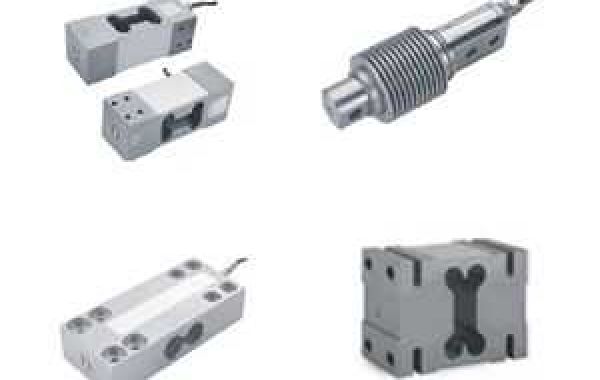To ensure the integrity of these measurements, regular calibration of weighing sensors is crucial.
Why Does Weighing Sensor Calibration Matter?
Accuracy: Over time, weighing sensors can experience drift or calibration errors due to factors like temperature fluctuations, mechanical wear, and electronic noise. Regular calibration ensures that the sensor provides accurate and consistent weight measurements.
Compliance: Many industries, such as pharmaceutical, food, and chemical, have strict regulations regarding weight measurement accuracy. Calibration is often a requirement for compliance with these standards.
Quality Control: Accurate weight measurements are essential for maintaining product quality and consistency. Calibration helps prevent errors that could lead to product defects or customer dissatisfaction.
Cost Savings: Calibration can help identify and address potential issues before they lead to costly errors or downtime.
How to Calibrate a Weighing Sensor
Calibration involves comparing the sensor's output to a known standard. Here's a general process:
Prepare the Environment: Ensure a stable environment with minimal vibrations and temperature fluctuations.
Select Calibration Weights: Choose calibration weights that cover the full range of the sensor's operating capacity.
Warm-up the Sensor: Allow the sensor to warm up for the recommended time to stabilize its performance.
Zero the Scale: Place the sensor on a stable surface and zero it according to the manufacturer's instructions.
Apply Calibration Weights: Place each calibration weight on the sensor and record the corresponding readings.
Compare Readings: Compare the recorded readings to the known weight values. If there are discrepancies, adjust the sensor's calibration settings or consult the manufacturer's instructions.
Repeat with Different Weights: Repeat the process with different calibration weights to ensure consistent accuracy across the entire measurement range.
Document Results: Record the calibration results, including the date, calibration weights used, and any adjustments made.
Calibration Frequency
The frequency of calibration depends on factors such as the sensor's usage, environment, and the required level of accuracy. Generally, more frequent calibration is necessary for critical applications or in environments with harsh conditions.
Professional Calibration Services
For complex or high-precision weighing systems, consider using professional calibration services. Certified technicians can ensure accurate calibration procedures and provide detailed documentation.
By prioritizing regular weighing sensor calibration, you can maintain the accuracy and reliability of your measurements, improve quality control, and ensure compliance with industry standards.







